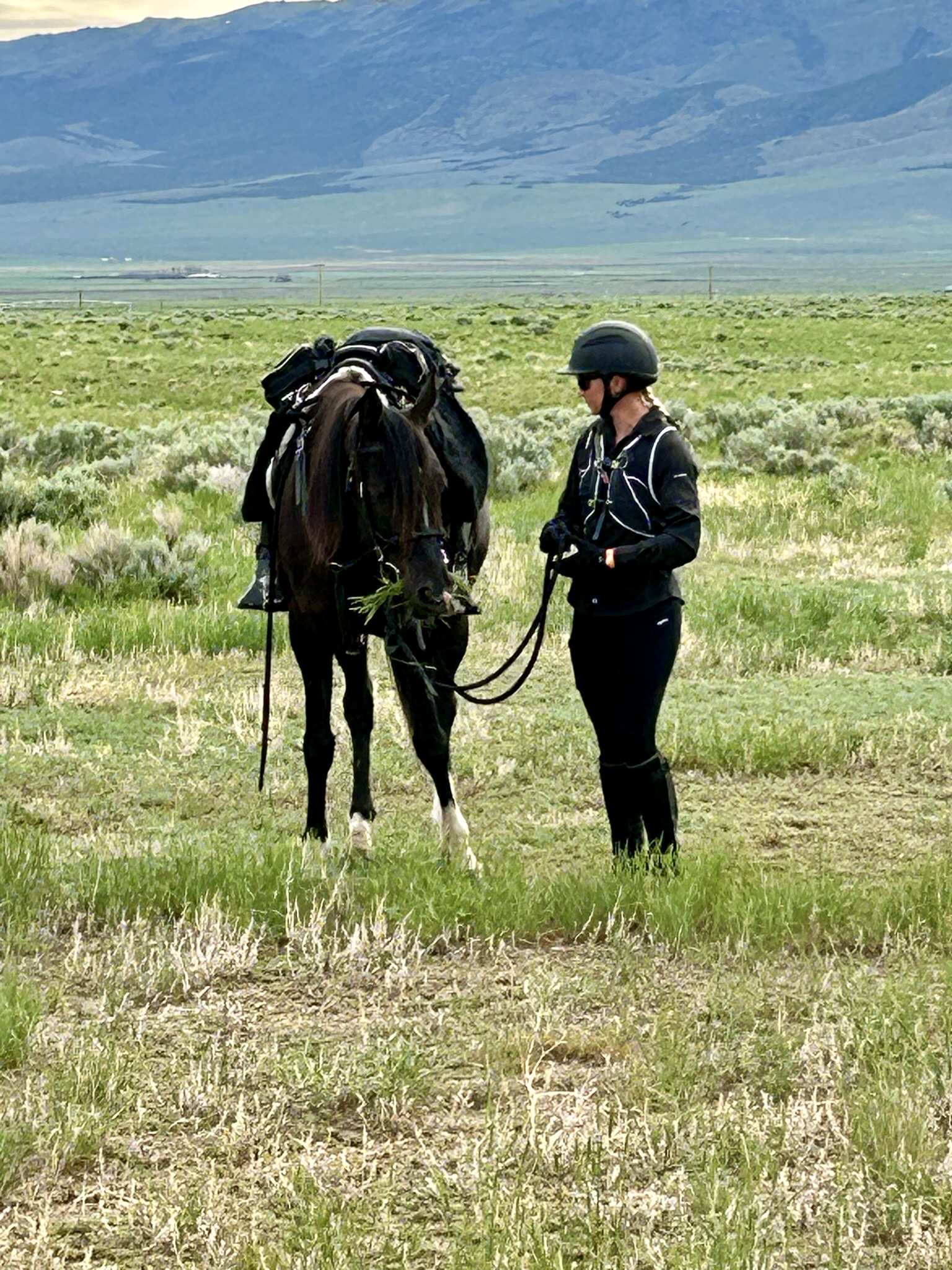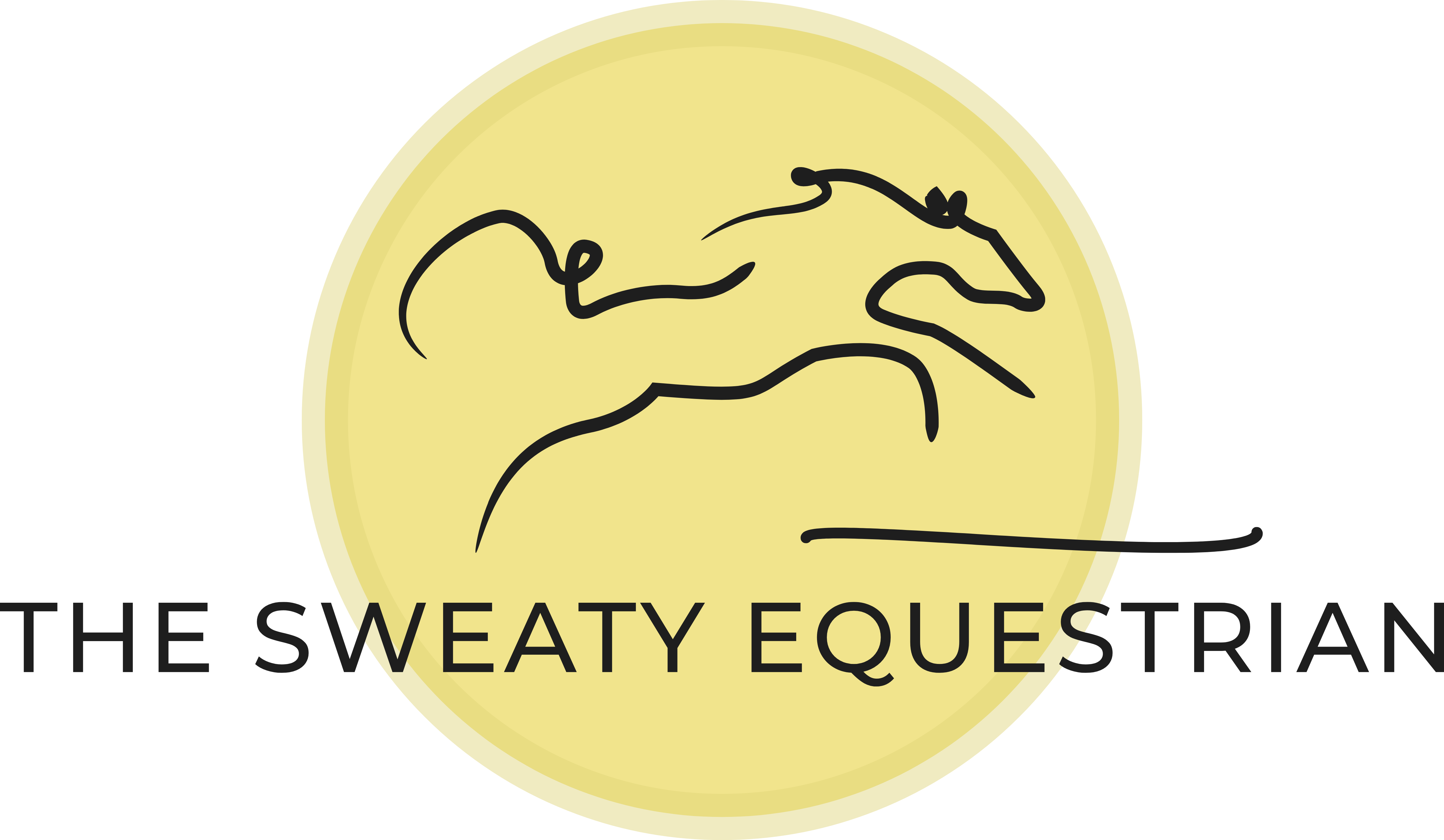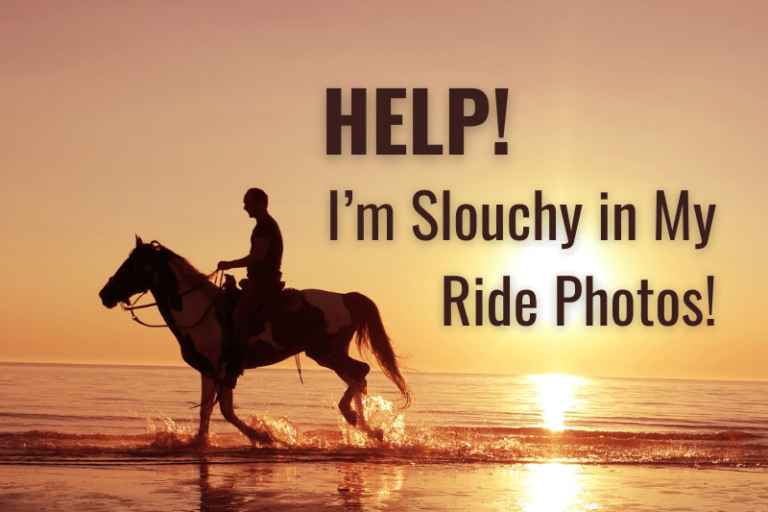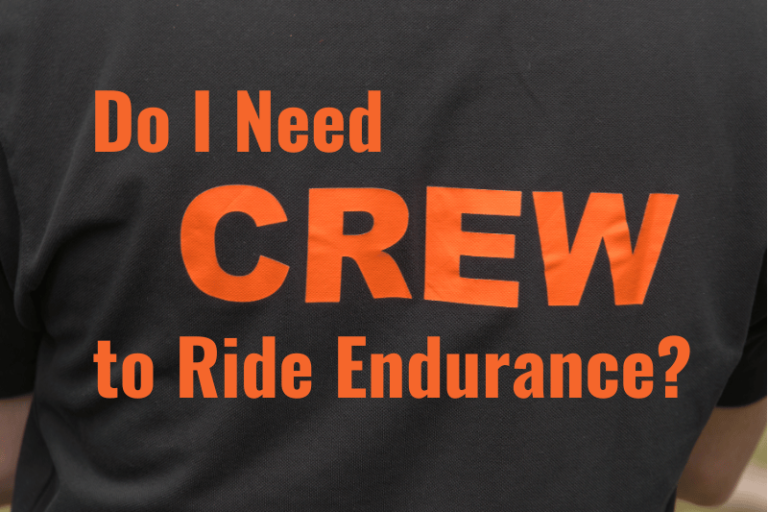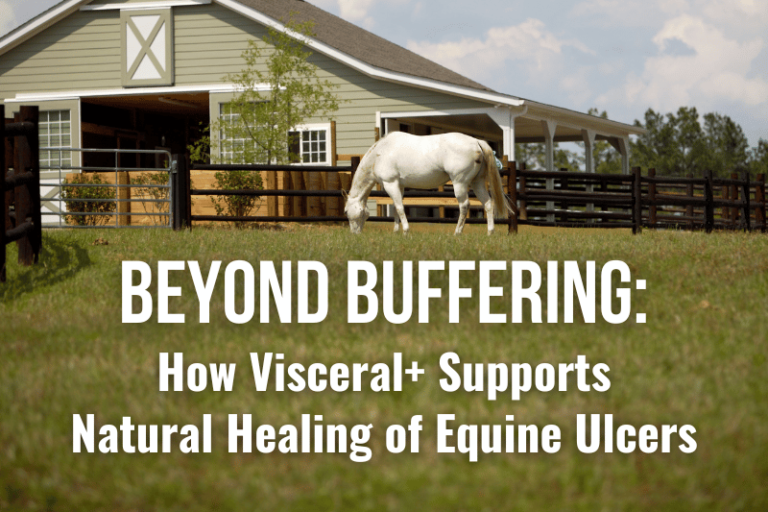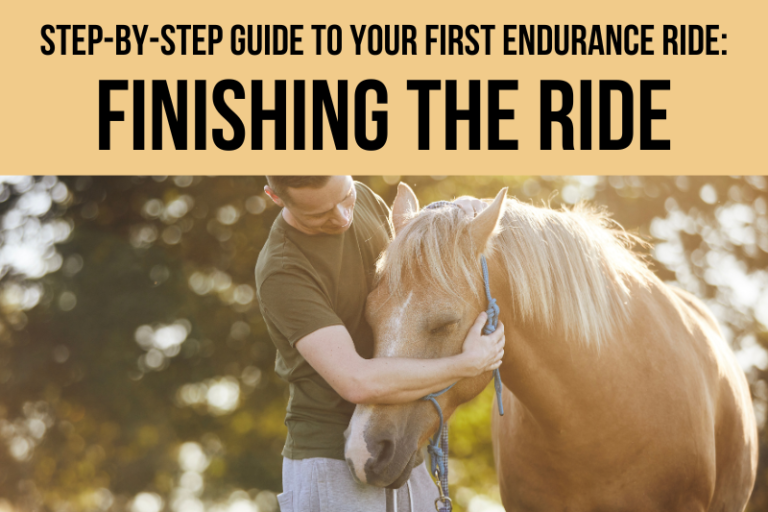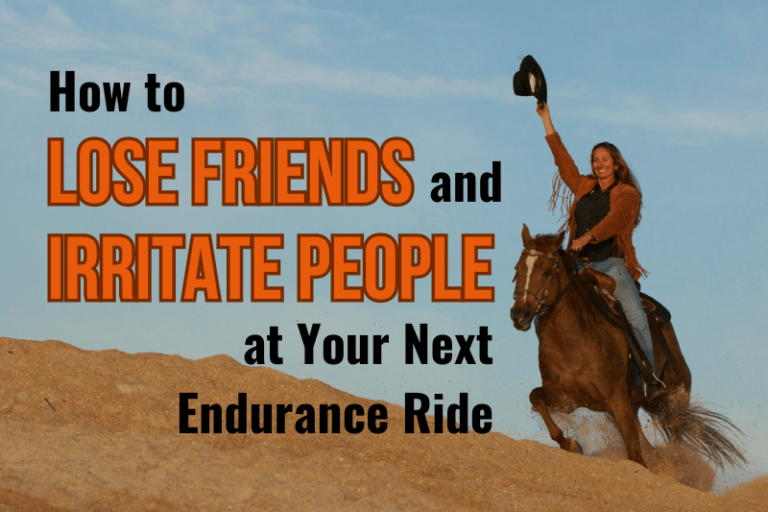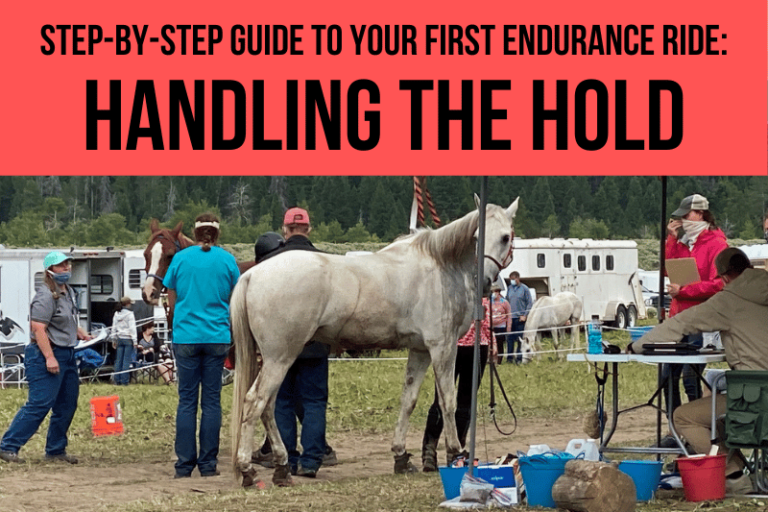the sweaty equestrian
saddle up strong
"I run for my horse. I lift for my horse. I stretch and fuel and recover so that I can be there for him
~ really be there ~ in the dark hour on the mountain."
~ The Sweaty Equestrian
~ really be there ~ in the dark hour on the mountain."
~ The Sweaty Equestrian
RECENT POSTS
We all take a bad ride photo now and then. But what if we consistently notice a jutting head and slouchy spine? It could be Upper Crossed Syndrome, which affects not only riders, but...
Can you ride endurance without crew? Absolutely! However, you might prefer to have one. Let your values and skill sets help you decide.
Equestrians live in fear of gastric ulcers, and for good reason. Incidence and recurrence rates are high. Can Visceral+, an ulcer supplement for horses, support natural healing?
You did it! All those miles are behind you, and ride camp is coming into view. Here's what you need to know to finish your equestrian endurance ride strong.
Have you ever wondered about the best ways to annoy people at an equestrian endurance ride? Try these helpful tips and never be welcomed again!
During an equestrian endurance ride, the hold is a chance for your horse to rest, but you will be busy. Here's what you need to know about pulsing down, vetting, and caring for yourself...
Welcome
The Sweaty Equestrian is about exuberant fitness for horses, riders, and minds.
As a forty-something endurance rider and trail runner, I am passionate about maximizing my mental, emotional, and physical fitness to keep riding for decades to come.
You’ll find articles about equestrian endurance riding, rider fitness, equine wellness, and resiliency. I also share my journey with my own, little herd.
Be invited ~ be inspired ~ to saddle up strong.
i'd love to hear from you
I write this blog for you! Tell me what resonated, make suggestions, request articles, or just say hello.
Do you need a ride site?
I create and host a limited number of endurance ride web pages for free each year, as a way to give back to the community and promote the sport. All you need to do is ask.
